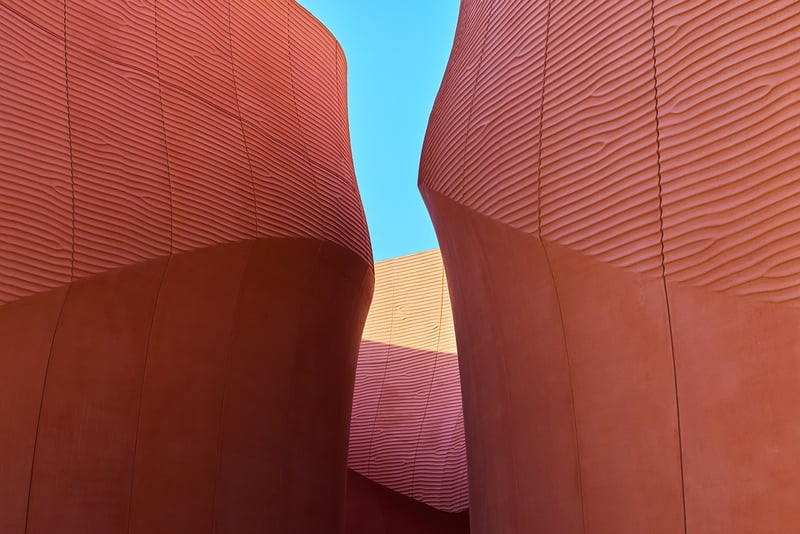Biophilic Design
The Power of Biophilic Design: Benefits Beyond Beauty
In recent years, the concept of biophilic design has gained significant attention in the architectural and interior design world. Rooted in the idea that humans have an innate connection to nature, biophilic design seeks to incorporate natural elements into built environments, offering a range of benefits that extend beyond aesthetics.
Enhanced Well-being
Studies have shown that exposure to nature and natural elements can have a positive impact on our overall well-being. By integrating elements such as natural light, plants, and water features into our living and working spaces, biophilic design can help reduce stress, improve cognitive function, and boost productivity.
Improved Air Quality
Indoor air quality is a major concern in modern buildings, where pollutants can accumulate and impact occupants' health. Biophilic design promotes the use of natural ventilation, air-purifying plants, and sustainable materials, creating healthier indoor environments that support respiratory health and overall comfort.
Connection to Nature
By bringing elements of nature indoors, biophilic design allows people to feel more connected to the natural world, even in urban environments. This connection has been linked to reduced feelings of isolation, improved mood, and increased sense of well-being, fostering a deeper appreciation for our environment.
Sustainability
Biophilic design principles align closely with sustainable practices, emphasizing the use of natural materials, energy efficiency, and green technologies. By designing spaces that mimic natural ecosystems, architects and designers can create more environmentally friendly buildings that reduce energy consumption and promote ecological balance.
Increased Productivity
Creating environments that support human well-being and connection to nature can have a direct impact on productivity levels. Studies have shown that employees working in biophilic office spaces report higher levels of satisfaction, creativity, and focus, leading to increased productivity and overall performance.
Conclusion
Biophilic design offers a holistic approach to creating spaces that not only look beautiful but also enhance our well-being, improve air quality, foster a connection to nature, promote sustainability, and boost productivity. By incorporating elements of nature into our built environments, we can create spaces that support both physical and mental health, ultimately leading to a more sustainable and harmonious way of living.


